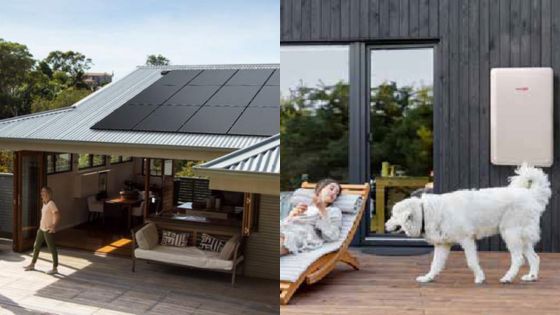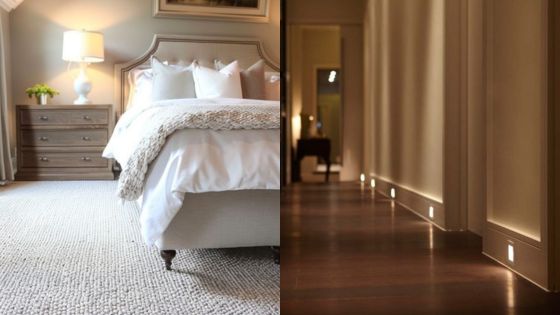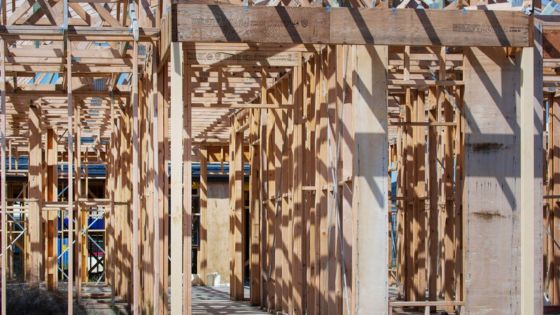Architectural design trends in 2024 are shifting towards sustainability and innovative utilization of traditional materials. This movement integrates recycled and upcycled elements with local materials and traditional design, creating unique contemporary structures.
Timber in Modern Architecture
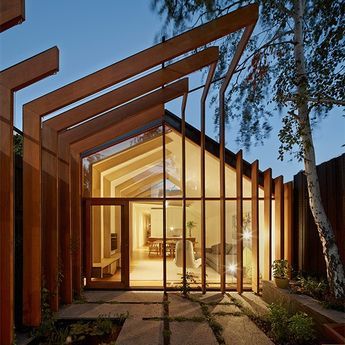
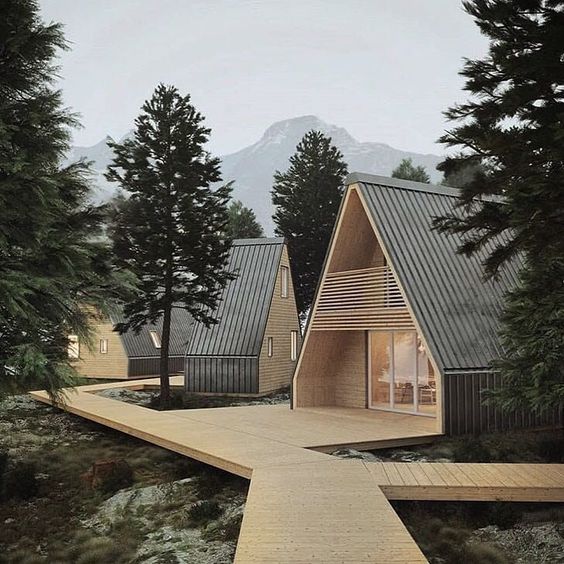
Timber’s resurgence in modern architecture is driven by its sustainability and aesthetic qualities. Advances in wood engineering, such as cross-laminated timber (CLT), match concrete’s strength with a lower carbon footprint. Timber isn’t limited to structural applications. It can also create intricate geometric patterns in interiors, lending warmth and texture to spaces. Additionally, embracing timber fosters a deeper connection with nature, aligning with growing environmental awareness.
The Role of Stone
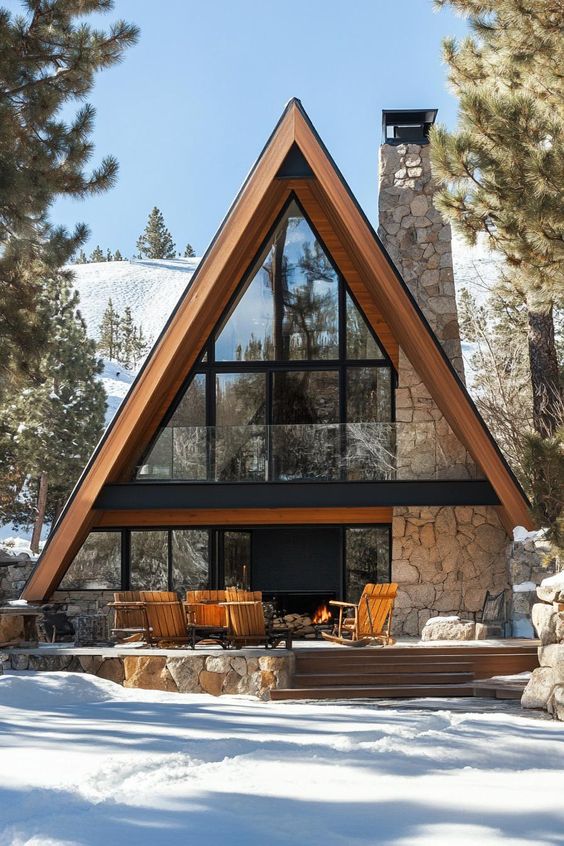
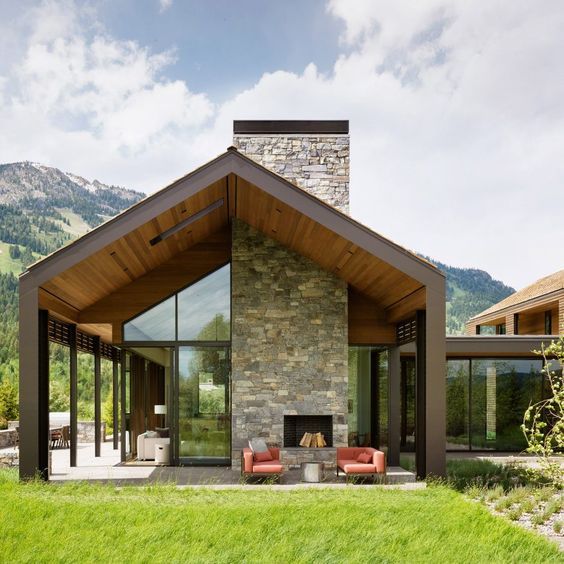
Stone remains a preferred material in contemporary design due to its permanence and luxury. Used in various forms, including marble accents and stone facades, its durability and natural beauty enhance structural and decorative elements. The Stone House in Portugal exemplifies how integrating large boulders with modern amenities can create seamless blends of traditional and contemporary aesthetics. Such designs illustrate stone’s versatility, making it a valuable material for both historical and current architectural practices.
Enhancements in Bamboo Utilization
Bamboo’s rapid growth and tensile strength make it an ideal contemporary building material. Viewed as the “green steel” of the 21st century, bamboo features prominently in structures like the Bamboo Sports Hall in Thailand. This venue demonstrates how bamboo can create functional, ecologically responsible spaces rooted in local building traditions. Utilizing bamboo promotes sustainability and reduces reliance on conventional construction materials with higher environmental impacts.
Adobe and Rammed Earth Applications
Materials like adobe and rammed earth are experiencing a revitalization in modern architecture. Their thermal properties enable natural insulation and temperature regulation. The Nk’Mip Desert Cultural Centre in Canada utilizes rammed earth walls, blending traditional indigenous techniques with modern designs. These applications celebrate cultural heritage while achieving energy efficiency. Integrating these materials into contemporary architecture underscores a commitment to both sustainability and cultural continuity.
Innovative Polymers for Energy Efficiency
Researchers at the Karlsruher Institut für Technologie have designed a transparent metamaterial that enhances energy efficiency by regulating light and temperature. This polymer-based material combines light diffusion, self-cleaning features, and radiative cooling properties. Potentially replacing glass components in construction, it offers advanced solutions for contemporary building designs focused on sustainability. This innovation demonstrates how modern research can enhance traditional materials’ functionality for better energy efficiency.
Blending Textiles and Traditional Fabrics
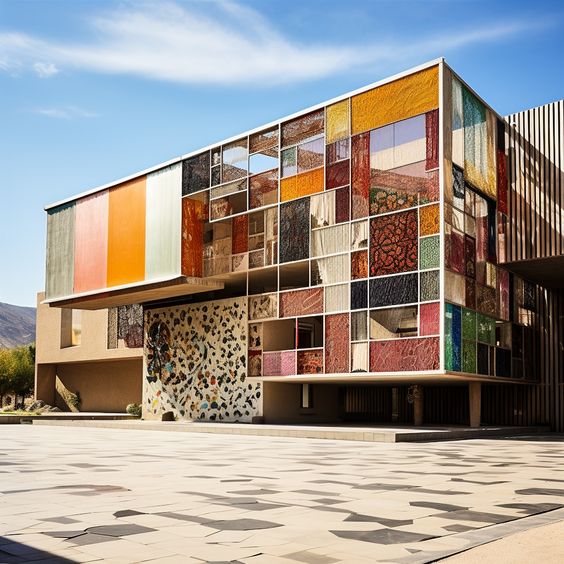
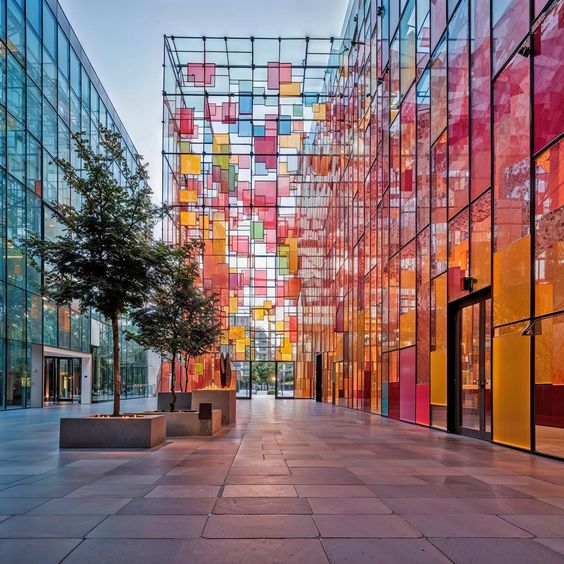
Traditional fabrics like wool, linen, and silk are being reimagined in modern settings. Handwoven rugs and linen curtains add warmth and texture to minimalist spaces, promoting a balanced, inviting atmosphere. These textiles provide a tactile experience that complements contemporary designs’ clean lines and open spaces. Their use demonstrates how traditional materials can enhance modern interiors, creating cohesive and comforting environments.
Unconventional Homes and Unique Valuations
Exploring innovative uses of traditional materials in modern design includes understanding their impact on home valuation. For example, homes incorporating cross-laminated timber or bamboo boast sustainability and aesthetic appeal, often prompting homebuyers to ask, what is my home worth? Buyers increasingly value eco-friendly, culturally rich designs, potentially raising the market value of homes with these features.
Additionally, integrating materials like adobe and rammed earth in contemporary homes appeals to environmentally conscious buyers. These materials provide enhanced thermal properties and natural temperature regulation, impacting property valuation positively. This consideration extends beyond personalized living spaces, influencing broader real estate trends and buyer preferences.
Mixed Material Combinations
Combining traditional and modern materials produces visually engaging and dynamic spaces. Pairing a stone fireplace with a sleek, minimalist mantel or layering a traditional rug over contemporary flooring enhances interiors’ aesthetic appeal. This approach leverages the best of both worlds, creating harmonious and functional environments. It also allows designers to explore creative possibilities, pushing the boundaries of conventional design.
Sustainable Industrial Design Innovations
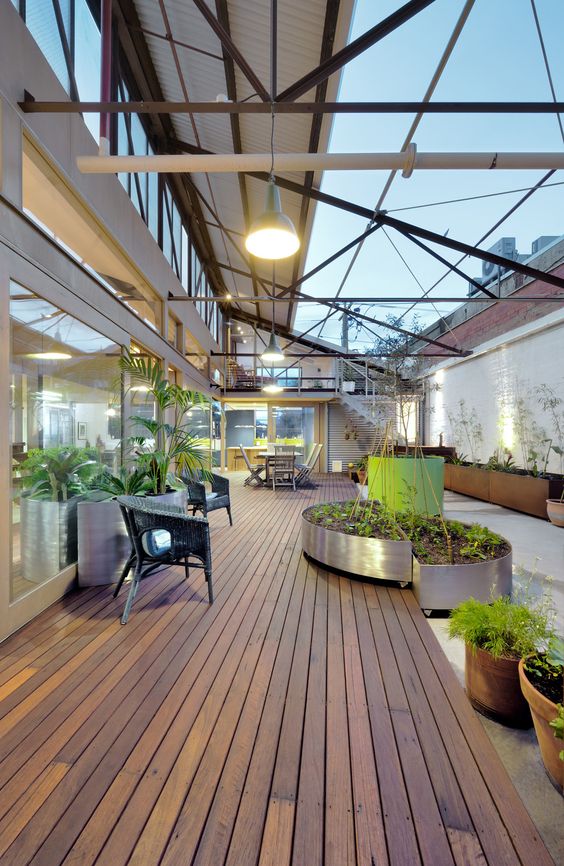
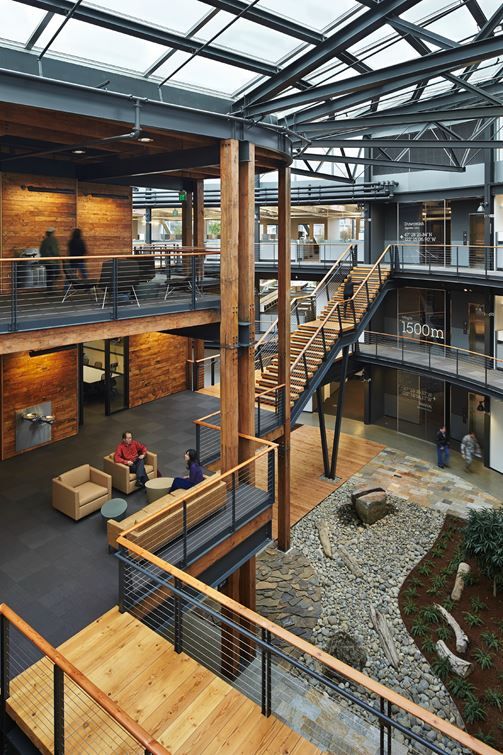
In industrial design, the focus on sustainability has prompted a shift towards bio-composite materials and recycled plastics. Panels made from renewable plants like hemp and flax are replacing petroleum-based foams, offering greener alternatives. Recycled plastics are used to create colorful, contrasting surfaces, highlighting the potential for upcycling in modern design. These innovations reflect a commitment to reducing environmental impact and promoting sustainable practices.
Furthermore, 3D printing technology is revolutionizing design by enabling customization and reducing waste. This technology allows for bespoke products tailored to individual preferences, enhancing the design process’s efficiency and sustainability. 3D printing’s role in contemporary design illustrates how modern techniques can complement traditional materials, creating innovative and environmentally responsible solutions.
Cultural Heritage and Modern Design
Using traditional materials preserves cultural heritage and fosters a connection to the past. The Vaulted House in Iran exemplifies this blend with its brick vaulted ceilings inspired by ancient bazaars. This design links the building to its cultural roots while providing natural insulation. Such projects highlight the importance of maintaining cultural continuity in modern architecture, ensuring that historical practices remain relevant in contemporary contexts.
Project case studies further illustrate these principles. The Dyeji Building in Angola combines modern geometric design with local materials, while the Water House in China merges steel, timber, and stone to create private, reflective environments. These examples showcase how innovative uses of traditional materials can lead to unique and meaningful designs that resonate with both local and global audiences.
By embracing traditional materials in contemporary design, architects and designers not only promote sustainability but also preserve cultural heritage. This approach fosters a deeper connection between past and present, creating spaces that are both functional and meaningful. As architectural trends continue to evolve, the innovative use of traditional materials will remain a significant focus, offering solutions that align with both ecological and cultural considerations.
- 14shares
- Facebook0
- Pinterest14
- Twitter0
- Reddit0

